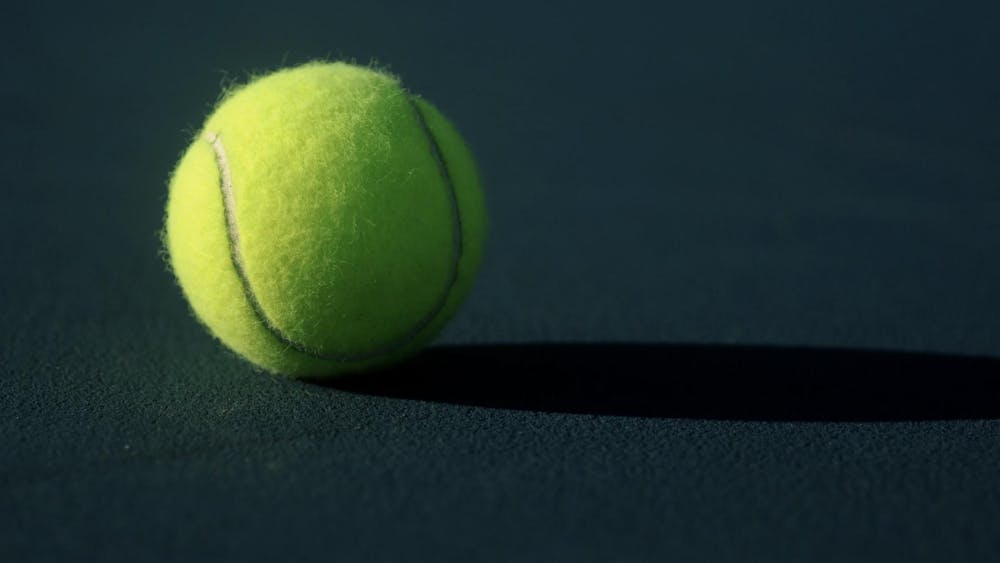The NBA G League is the new kid on the block when it comes to minor league affiliates. Founded in 2001 as the National Basketball Development League (NBDL), the league comprised eight teams. In 2005 the league was called the NBA Development League or NBA D-League for short.
Different to most major leagues, drawing comparisons from baseball and hockey, most players in the NBA don’t come from their affiliate minor league. By the end of the 2013-14 season, the NBA reached a milestone: 33% of current NBA players had spent time in the D-League. To date, the record for NBA G League alumni on NBA first team rosters is 52%, which was set during the 2018-19 season.
The NBA’s affiliate league came to be known as the NBA G League beginning with the 2017-18 season. This partnership between the NBA and Gatorade is part of a larger sponsorship agreement between the two corporations. The G League is the first major sports league in the United States whose name is associated with a sponsor. I think that this precedent has opened the door for other major sports leagues in the United States. In stadiums and arenas where almost every surface is advertised on, it is hard to believe that it took this long for a league to be named after a corporate partner.
One of the highlights of this exclusive deal with Gatorade is the Gatorade Sports Science Institute (GSSI) in Bradenton, Fla. The GSSI works closely with athletes and coaches in the G League to collect and distribute cutting-edge data and statistics. For the NBA, this puts their young minor league affiliates at the edge of the newest sports science and technology. For Gatorade, this partnership provides scientists at the institute the volume and caliber athlete needed to maximize future products and methods. Money aside, symbiotic relationships between leagues and companies, like this one, are the future of sports. Many companies have so much more to give than just a check and patches on uniforms.
In recent years there have been many standout players rising through the G League and into the forefront of the NBA. Among these players is Cameroon-native and Toronto Raptors Power Forward Pascal Siakam. In the NBA, Siakam has achieved an All-Star appearance and an NBA Championship.
The 26-year-old star was drafted 27th overall out of New Mexico State by the Raptors. He spent his first year playing between the first team and their then-D-League affiliate, the Raptors 905. In his rookie year, Siakam led the Raptors 905 to a league title and earned the honor of Finals MVP. Playing between the first and second team allowed a raw Siakam to get the reps that he needed before fully committing to the first team.
The trend of drafting players in the first round and having them play in the G/D-League was started by the Oklahoma City Thunder. In 2014 the Thunder drafted Josh Huestis, a forward out of Stanford, in the first round of the NBA draft. Instead of signing him to a rookie contract, the Thunder sent him directly to their affiliate, the Oklahoma City Blue.
Since the signing of Huestis, the trend of sending first round picks to the G League has increased.
Now a 28-team league, different teams have taken different approaches to choosing locations for their affiliates. Some teams, like the Chicago Bulls, have chosen to keep things close to the chest. Their affiliate, the Windy City Bulls, play in the same city as the first team. Other franchises, such as the Miami Heat, have taken a more traditional approach. The Heat’s affiliate, the Sioux Falls Skyforce, plays out of Sioux Falls, S.D.
Expanding to new cities and states is a boost for all parties involved — the NBA, individual teams and the cities hosting. For the NBA, the opportunity to expand into untapped markets is a no-brainer. Taking into account television revenues and a growing interest in basketball, this is a long-term investment. For individual teams, a new city gives teams the opportunity to create a whole new fan base around a young core of players. Jersey sales and overall team love for teams like the Sioux Falls Skyforce have driven the overall value of the parent franchise, in this case the Miami Heat, through the roof.
For many host cities, G League affiliates are the first and only sports team in town. Everybody comes together around sports, and people in smaller cities are no different. For fans in Sioux Falls or the Rio Grande Valley, a major league team is something to come together for. As a leader or community member in any city, I would push hard for a G League team to come to me.
The NBA G League is not showing any signs of slowing down. With plans to add a team in Mexico City, the NBA would be one of the first sports leagues to have teams in three countries. The sky is the limit for this league. Stay tuned, because the G League is taking the sports world by storm.
Read More
Trending









